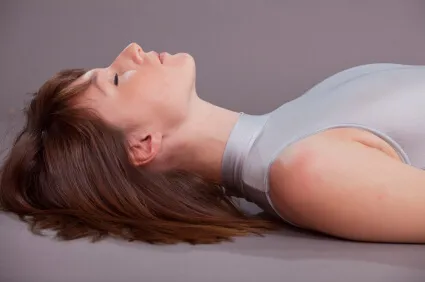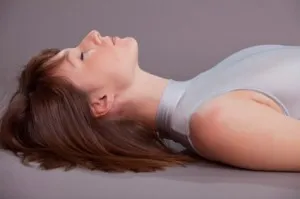
- Share on Facebook219
- Share on Pinterest
- Share on Twitter
You may be thinking, “of course I know how to breathe!” Not breathing equals not living. However, there is a big difference between really knowing how to breathe correctly and the shallow, automatic breathing most of us do.
The way we breathe can affect our overall health and well-being, but it isn’t something many of us even think about.
The Effects of Improper Breathing
Many people take rapid, shallow breaths, especially when they’re stressed or upset. By breathing this way, your body doesn’t get the oxygen it needs to operate at full efficiency. Without enough oxygen you might begin to feel dizzy, light-headed or sleepy. Most people don’t get enough daily oxygen needed for good health.
Health experts have found that the way you breathe can have a significant impact on your mental and physical state. During prolonged periods of stress, this continuous shallow breathing means we’re only using the top third of our lungs, which leads us to breathe as if we were permanently hyperventilating.
The result is a poor exchange of oxygen and carbon dioxide in the blood, depriving our body of these vital substances. At this point, we may have difficulty focusing, experience panic attacks and/or insomnia, as well as extreme fatigue or even lower back pain. As hyperventilating increases the heart rate, you may experience palpitations and increased feelings of anxiety.
The Effects of Proper Breathing
Breathing correctly offers many benefits. Numerous studies have shown that just a few minutes of deep breathing each day can help people to feel calm when they become angry or depressed.
Breathing deeply allows your body to be filled with oxygen, improving circulation and releasing those feel-good endorphins which can provide a sense of peace and improved well-being.
Spending just a few minutes making sure you’re breathing properly can instantly transform a bad mood into a good mood and ease feelings of depression or sadness.
Inhaling deeply followed by a deep exhale helps the body to rid itself of toxic carbon dioxide and replenishes it with oxygen, making you feel much better.
Learning how to breathe from the belly instead of the chest helps because the blood in the lower part of the lungs is the richest in oxygen. By putting all of the stress of breathing on your upper chest and shoulders, it exacerbates any problems you may be suffering with your lungs.
Breathing correctly helps to improve the mind, boosting self-confidence, providing better digestion and balance as well as improved posture and concentration.
How to breathe correctly:
Deep breathing from the abdomen should be your goal for proper breathing, but there are a number of ways to accomplish better breathing.
Because yoga uses deep breathing with movement, practicing it can significantly improve breathing. This ancient discipline utilizes the entire body and mind, with the breath being the link between the two.
One exercise includes lying on your back on a yoga mat in a room that is well-ventilated and preferably without bright lights – dim light is best. Close your eyes and observe your natural breath rising and falling. Then start to lengthen your inhalation and deepen exhalation. Eventually you’ll begin to feel total relaxation.
Of course, you don’t have to practice yoga to breathe properly. As breathing correctly requires using your diaphragm, which is the large sheet-like muscle that sits at the bottom of your chest cavity, you’ll need to find it.
 The best way to do this is to lie down on the floor and place your left hand on your upper chest and your right hand on your abdomen in the gap of your rib cage. When breathing in and out, your left hand should be still and only your right hand should move up and down.
The best way to do this is to lie down on the floor and place your left hand on your upper chest and your right hand on your abdomen in the gap of your rib cage. When breathing in and out, your left hand should be still and only your right hand should move up and down.
Squeezing just a few minutes of deep breathing into your daily life can have a major impact on how you feel! Who would have thought that such a simple thing could have such wonderful effects?
-The Alternative Daily
- Share on Facebook219
- Share on Pinterest
- Share on Twitter

